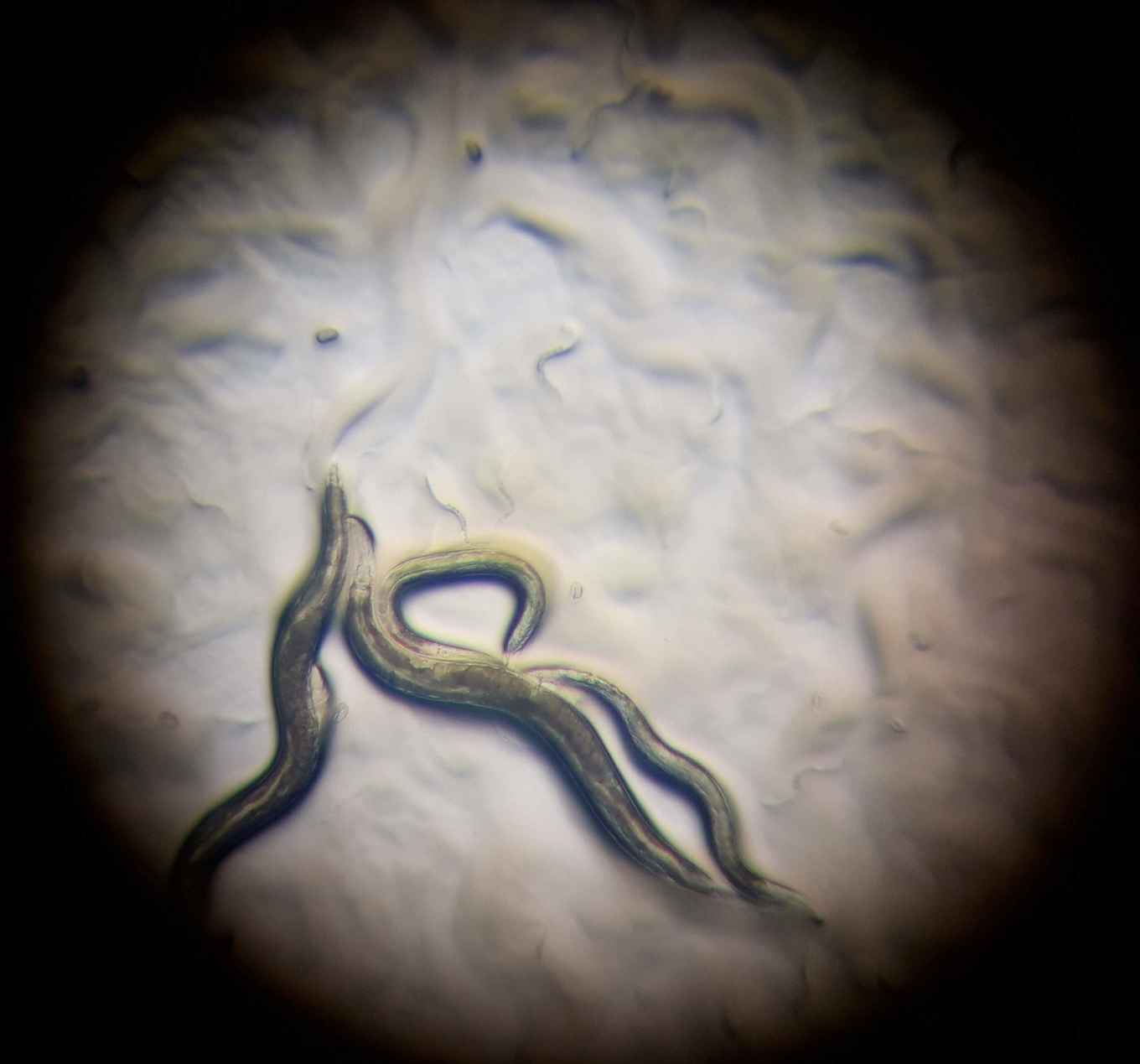Predicting evolution in a changing world
21 July 2022

Predicting evolution
The predictability of evolution of organisms lies at the heart of our understanding of evolutionary theory. An important question to answer is whether evolution mostly follows a fixed trajectory that will be repeatable and predictable in time and space, or whether evolution is more driven by specific surroundings and conditions. One factor influencing the evolutionary process is the amount of individuals in the population, or genetic diversity.
IBED Assistant Professor Thomas Blankers and colleagues set off to investigate whether the size of the population influences the predictability of fitness evolution. To date, most research into the effect of population size on the predictability of evolution has focused on asexually reproducing, unicellular organisms, like bacteria. Modelling and simulation studies have shown that the effect of population size on evolution and evolutionary predictability may be context dependent. Blankers explains the reason behind this study: “It is a problem that we haven’t tested the theory across different organisms with varying mating strategies and life histories”.
Population size and evolution
To investigate the effect of population size on the predictability of evolutionary fitness, or the ability to adapt to new surroundings, the team set up an experiment using Caenorhabditis elegans. C. elegans are sexually reproducing organisms that normally are self-fertilizing hermaphrodites. The C. elegans used in the experiments are unable to produce sperm and therefore require males for fertilization. Investigators grew populations of C. elegans from different starting points ranging from a few individuals (low genetic diversity) to an abundance of individuals (high genetic diversity). The populations were then exposed to new surroundings to study the evolutionary fitness over generations. The team then correlated the evolutionary fitness to the initial population size to see how well the population size is predictive of this evolutionary fitness.
Surprisingly, the team found that even populations founded by very few individuals evolved similarly high fitness compared to populations with high effective population size. The levels of repeatability across replicates were also similar. “Our results support that the relationship between genetic diversity and the predictability of evolution is context dependent,” Blankers explains. “Understanding the predictability of evolution can help create models to anticipate and act on problems like agricultural crop pests, the emergence and evolution of diseases and declines in biodiversity.”
Future prospects
This project is part of the Dutch Research Council National Science Agenda and investigates multiple factors that influence the predictability of evolution. “We are now investigating how other factors, such as different mating systems, affect the predictability of both fitness and genetic evolution” Blankers elaborates, “the research will help to better understand the effects of rapid evolution in a changing world and our ability to predict these effects for all life.”
Publication details
Bisschop K, Blankers T, Mariën J, Wortel MT, Egas M, Groot AT, Visser ME, Ellers J. Population bottleneck has only marginal effect on fitness evolution and its repeatability in dioecious Caenorhabditis elegans. Evolution. 2022 Jul 6. doi: 10.1111/evo.14556.